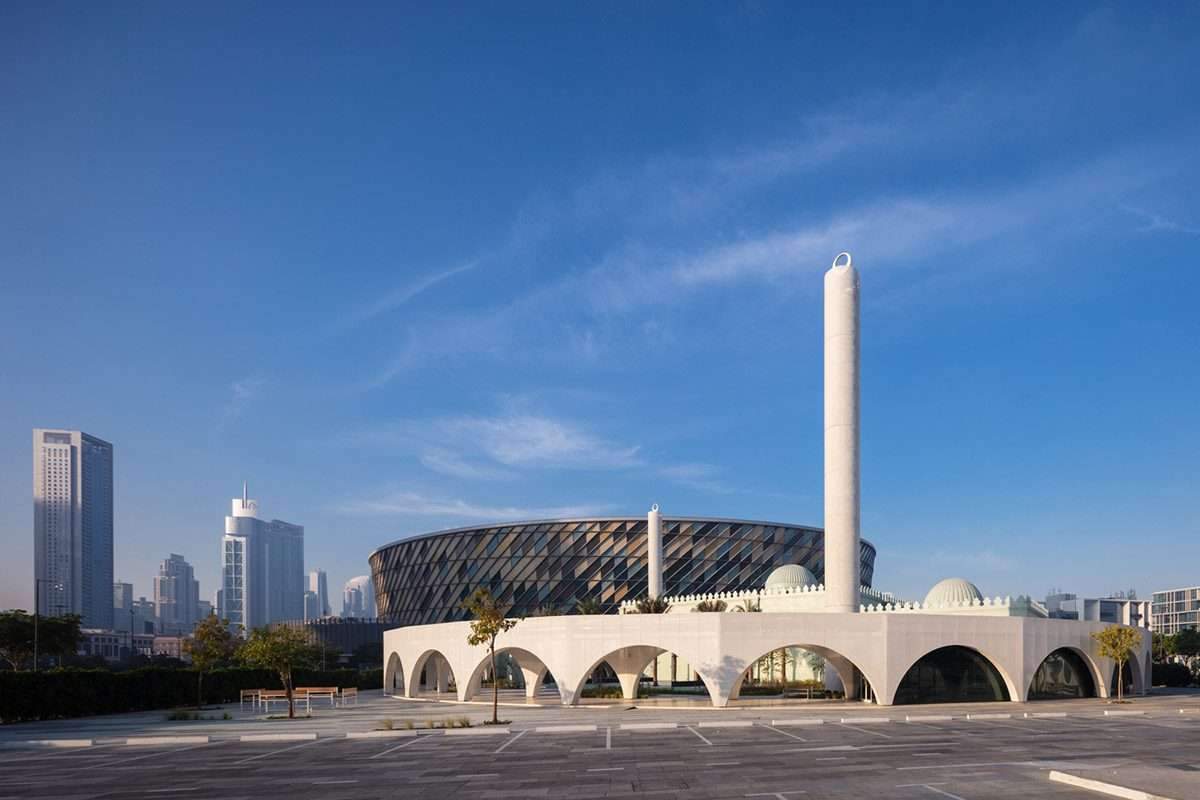The effect of color style on the mood of interior design
The psychology of color is a fascinating subject in interior design;
it is undoubtedly one of the essential aspects of the interior design process that should not be overlooked.
Different colors can be used in a space to create different ambiances and moods,
something we explore in how moods are affected by design.
Color has been used in interior design since the beginning, and modern design is mostly associated with black and white, but it’s no stranger to color either.
Post-Art Deco, modern design marks a break from traditional and exotic colors (such as violet,
jade, orange, black and gold) to embrace saturated primary colors.
But the evolution of color did not stop there, and in the 1950s and 1960s,
pastel colors such as pink, blue, yellow and green became popular in home furnishing and design.
In the 1970s and 1980s, earthy colors such as brown, beige and tan became popular, and today, designers continue to experiment with colors in traditional and innovative ways.
As a result, color is an important element in modern design that can be used to create a stunning living space.

The importance of color in interior design
Color is one of the most important aspects of interior design because it can have a profound effect on our feelings.
Different colors can create different moods and feelings,
so it’s important to choose the right color scheme for the space.
For example, cool colors like blue and green tend to be calm and relaxing,
while warmer colors like red and orange can be invigorating and exciting.
Depending on the intensity of the color, it can also make a space appear larger or smaller,
so when you’re choosing paint or furnishing colors for a space,
think about the mood you want to create and how the color will affect the overall feel of the room.

Color psychology
Color psychology is the study of shapes as a determinant of human behaviour,
and is sometimes referred to as chromology (from the Greek chroma, meaning “color”)
or chromatography (from the Latin chroma, meaning “colour”).
Color psychology is sometimes also associated with the field of optics,
given that colors can be perceived differently by different people and can have different effects on moods and behavior,
it is important to consider how color affects us before making design choices.
Color psychology has been used in marketing and advertising for many years,
and marketers use color to influence our emotions and perceptions in order to create an association with their products.
For example, red is often used to stimulate appetite, while blue is often used to calm and relax.
In addition, some colors can have a specific meaning or symbolism, for example,
red is often used to denote danger or warning, while white is often used to express purity or innocence.
By understanding the psychological effects of color,
we can use color to create the desired mood or ambiance according to client profiles.
We can also use it to send hidden messages or transmit important information.
You may like: How color flows throughout your home and relates to the color of the furniture
https://injarch.com/green-architecture-2/





